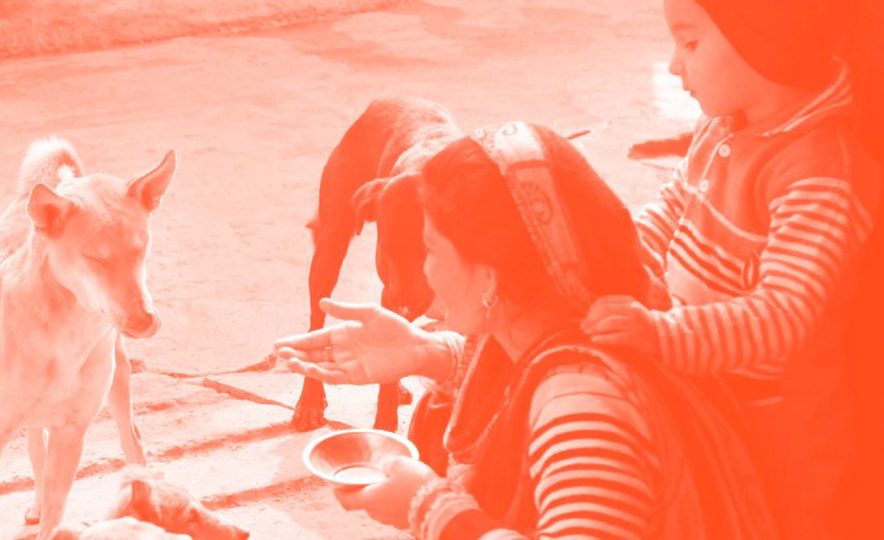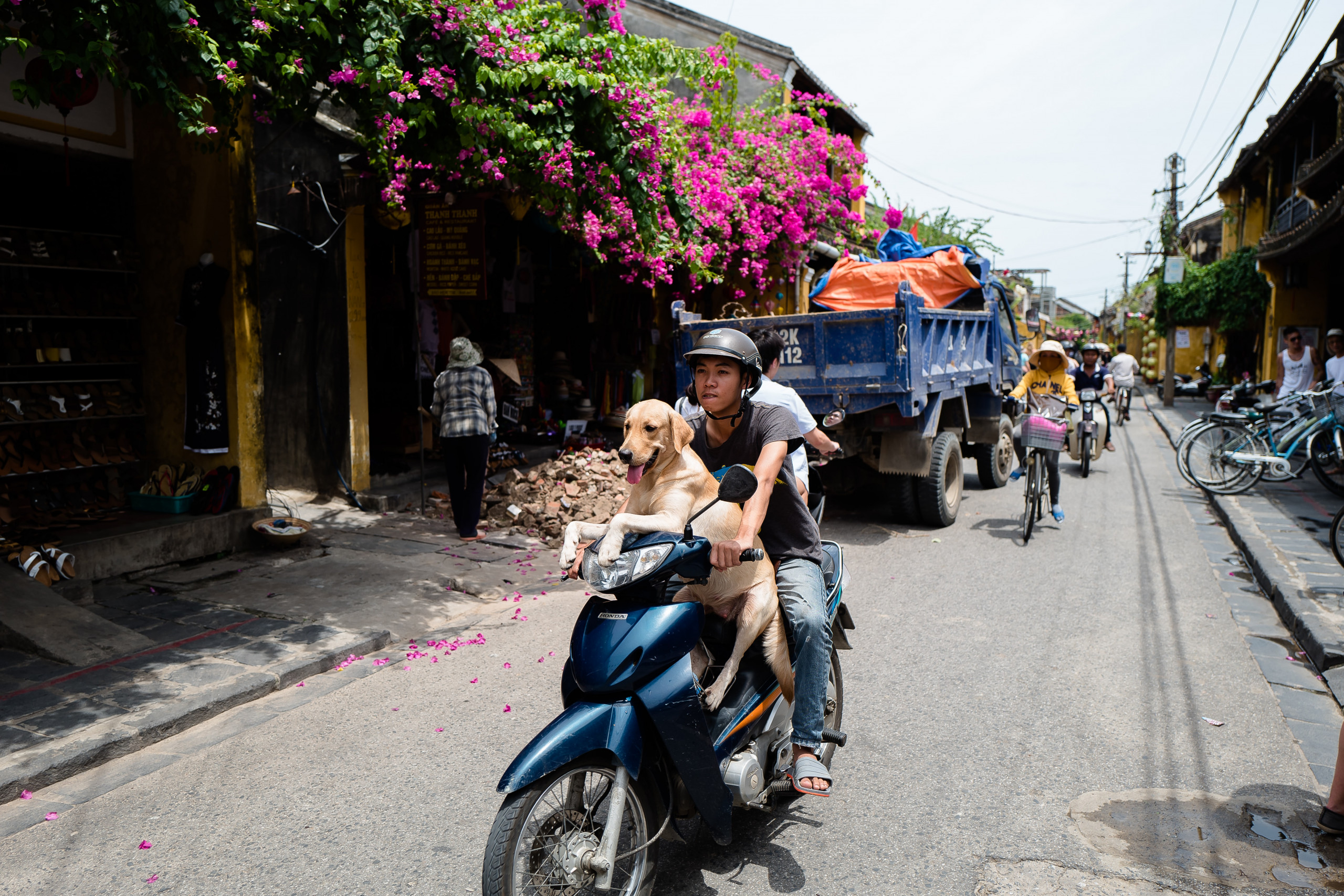
8 November 2022 (Vietnam) – Vietnam is a large country of 331,699 km2 with a population of almost 100 million people. The dog population is also significant with around 5.5 million canines. Owning a dog has increasingly become popular, and as a result their population has grown rapidly and could reach over 7 million dogs by 2025. This trend makes rabies control a major concern for Vietnam’s government, animal health professionals, and the public.
Awareness event in Ban Tre province on World Rabies Day
To control and eradicate rabies, awareness and advocacy activities are deemed essential by the Department of Animal Health at Vietnam’s Ministry of Agriculture and Rural Development. Therefore, multiple channels of communication are used, especially during the annual World Rabies Day, which was established to raise awareness of the issue. These include:
The authorities have noticed that the most effective way is the use of communal loudspeakers, available in every community across the country. During the COVID-19 pandemic, for instance, the loudspeaker system disseminated messages to educate local communities on hygienic practices.
During World Rabies Day this 2022, Ban Tre province located in the Mekong delta saw the organisation of a specific event organised by the Ministry of Agriculture and Rural Development, the Ministry of Health, and other relevant agencies along with international organisations. A total of 20,000 doses of vaccines were also donated by private corporations and development partners in the provinces of Ban Tre and Cà Mau (South Vietnam).
Since 2021, the vaccination rate of dogs has increased, and more cases of post-exposure prophylaxis (PEP) are reported. Active surveillance mechanisms of rabies have been implemented in 13 high-risk provinces as well as an Integrated Bite Case Management (IBCM) system. Vietnam is composed of 63 provinces and 5 centrally governed cities, which stand on the same administrative level as provinces. The empowerment of local bodies is continual and successful since 59 provinces have implemented a “Local Programme for Prevention and Control of Rabies” for the period of 2022 – 2030, based on the National Program.
Since 2021, the vaccination rate of dogs has increased, and more cases of post-exposure prophylaxis (PEP) are reported.
A young man with his dog on a motorcycle in the city of Hội An
These efforts reflect the lessons learnt since World Rabies Day in 2021 on the importance of local community empowerment. It leads to a better understanding of the risks associated with rabies for both humans and animals, and is an example of the One Health approach – an integral part of the strategy – in practice.
Among good practices recommended by relevant authorities is the development of an online system for dog management to collect data and the use of relevant and well-designed smartphone applications. Vietnam’s internet penetration rate stood at around 73.2% of the total population at the start of 2022 and will continue to grow. Digital tools are seen as crucial in bringing more success to efforts for controlling rabies.




